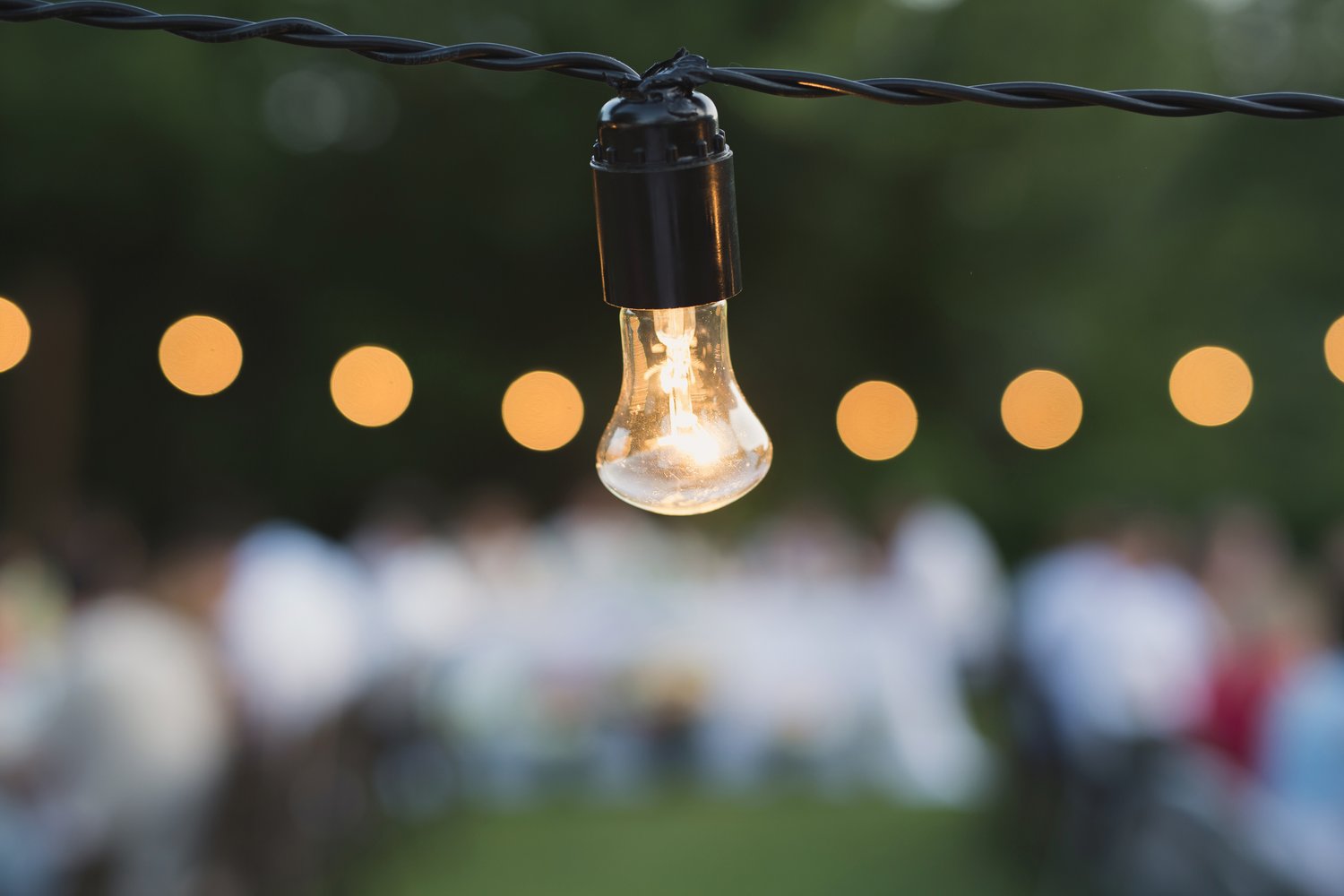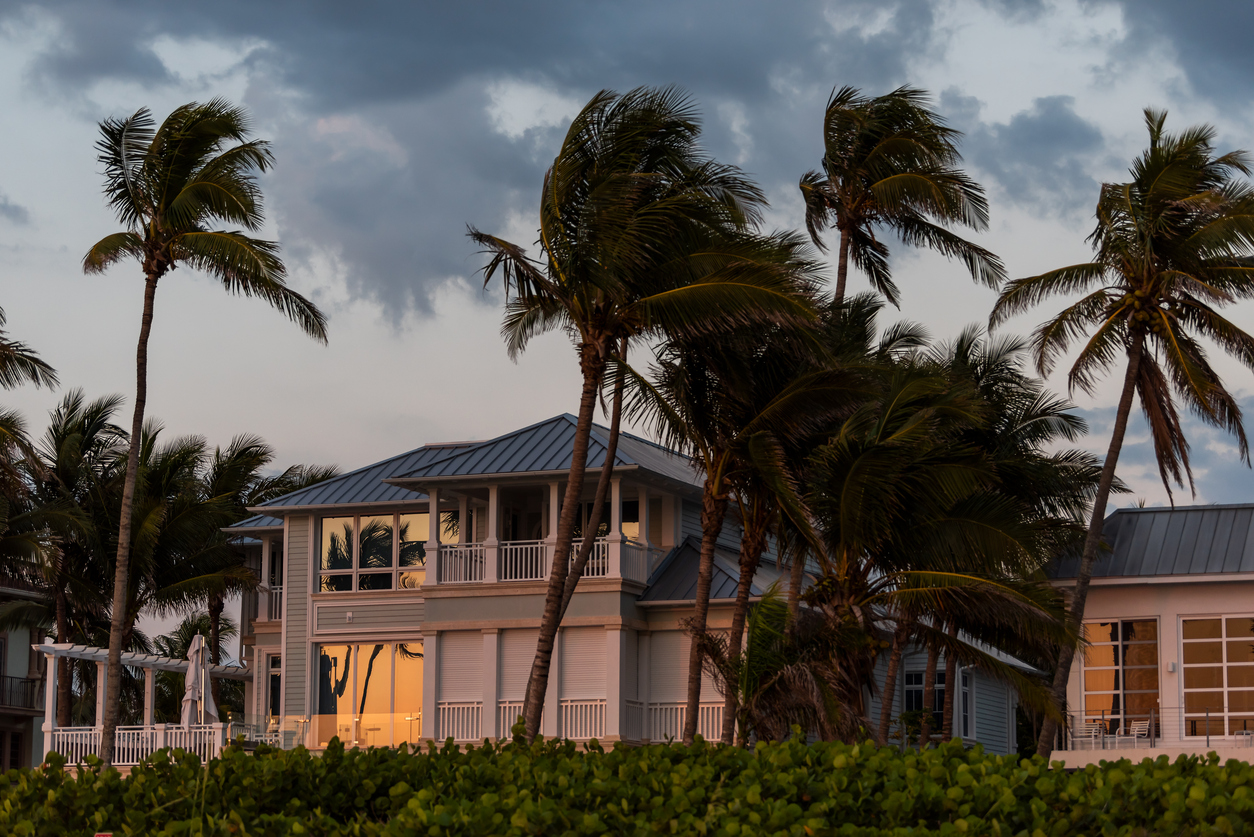Avoid light fixture installation mistakes
The right light fixture can easily enhance the ambiance of any room while providing sufficient illumination. However, installation errors can have a negative effect on how the lighting performs. Avoiding improvement project mistakes can help save you time and money in the long run.
Problems stemming from incorrectly spaced fixtures
Proper spacing is essential when you’re having multiple fixtures installed throughout a room. Pieces positioned too close or too far away may result in uneven illumination that causes bright spots combined with dark areas or shadowing. For general lighting, space the fixtures the equivalent of half the distance from your floor to the ceiling. For example, if your ceiling heights measure 7 feet, then ensure 3.5 feet between each fixture.
For more focused lighting, have the fixtures installed in such a way as to overlap the beams, which creates concentrated light in specific areas and softer lighting in others. Or, install the light housings closer together.
In order to avoid glare, do not put in lights directly over reflective or smooth surfaces. Position them slightly to the side of the area needing the most illumination.
Errors include installing the wrong bulbs
Using high-wattage bulbs in fixtures may lead to overheating, which could create a fire hazard. Low-wattage bulbs may not adequately illuminate a room or a focused area. Bulbs emitting the wrong color of light may lead to harsh or dull illumination.
Check the wattage and bulb type recommendations provided by the fixture manufacturer. Match the bulb or bulbs with the intended room atmosphere. For example, bulbs rated at 2700 to 3000 Kelvin emit warm, yellow light. Bulbs rated at 5000 to 6500 Kelvin emit cool but harsh white light. LED bulbs create less heat while being available in a variety of colors to match the desired atmosphere.
Possible dangers when overloading circuits
Circuit overloads may occur if you’re using multiple lights on a single circuit or if you’re using high-wattage bulbs. An overloaded circuit can lead to a tripped circuit breaker while also being a fire hazard.
Before the installation, have a professional calculate the wattage currently being drawn from the circuit. Compare that figure with the wattage necessary for the fixture installation. Installing the pieces across several circuits will help circumvent the problem. Also, using LED bulbs in the new housings requires less electricity and produces little to no heat.
Avoid insulation contact during installation
Should housings come in contact with insulation, heat may build, which creates a fire danger. One way to avoid the problem involves choosing fixtures with airtight housings. Another remedy includes using insulation contact, or IC-rated, fixtures.
Take advantage of our solutions
Hiring a qualified professional is the best way to help eliminate potential light installation mistakes or hazards. TheHomeMag provides consumers with an abundance of ideas for home improvement projects. Check out our Facebook and Instagram sites to explore the latest home improvement tips and tricks.



